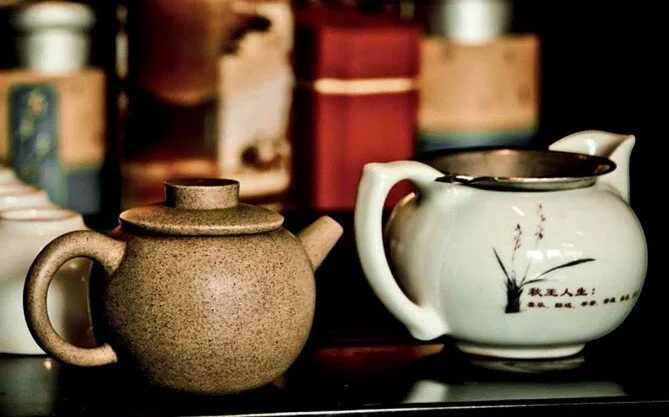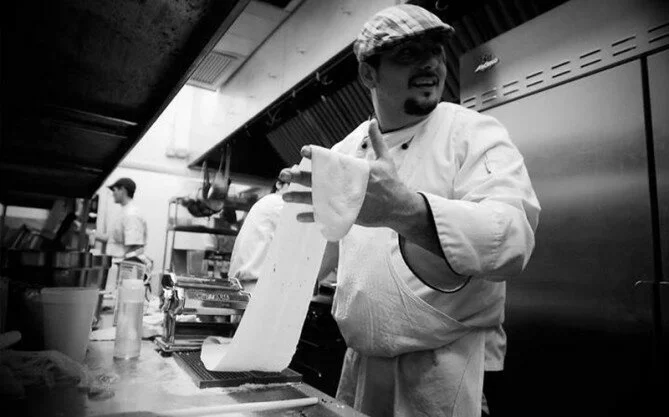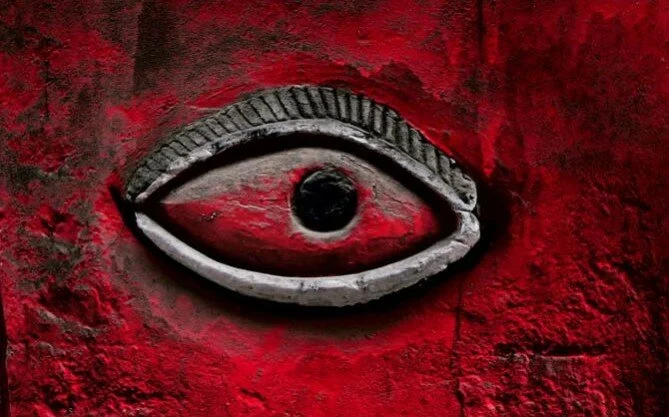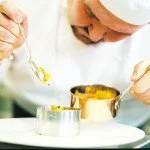In the not so distant past, critics were a rarified and feared group of people whose goal in life was to share their opinions with the public. Today everyone’s a critic. Everyone with a mobile phone and social media access pastes their views for the world to see. The educated and the ill-informed alike. To photograph, or not, to post, or not? These are the questions, and the days of the professional critics are numbered. Good or bad, for better or worse? Time will tell.
Once upon a time, food writers guarded their identities zealously. To the point that they donned disguises, never announced their arrival and paid their bills at the end of their meal. This offered the freedom to write what they wished, owing nothing to anybody and becoming as feared as their theatre counterparts.
“The great chefs don‘t like me,” François Simon, Le Figaro’s esteemed critic, named the most feared man among France’s gourmet elite, tells an interviewer over lunch one day. “I don‘t want to be close to them either; friendship interferes with reviewing”. During her reign at The New York Times, critic Mimi Sheraton was famous for her many disguises and went largely unnoticed in the majority of restaurants she visited.
The publications that continue to run unbiased, serious reviews by critics who owe nothing to no-one are now few and far between. No doubting that the public is less informed, but also the nature of the chef has changed.
In this competitive age, few publications can afford to annoy potential advertisers and very few risk it. This then leads us to the current state of wishy-washyness, where food reviews are simply advertorials in disguise: disguise that bears little resemblance to the creativity of the famous food critics of old.
Other changes have also contributed to the demise of the truly critical critic; the rash of food bloggers who have invaded the internet have ensured that one can hardly enjoy a meal without first flashing a few photos of the dish, which then are posted on the internet. Serious bloggers are food lovers but then there are the cretins who simply want their pound of flesh, a free meal or worse; recognition on a larger scale that they can use their smartphone to announce they are alive and eating.
In the case of the English man who took his parents to a village pub and then maligned the whole experience via the Internet, this can sometimes be a humiliating experience. The diner posted that the food was awful, the staff ignored him and the chef refused to speak to him. The chef in question retorted that the man finished his meal, despite saying it was inedible, and that the man was unspeakably rude. He went on to say that the restaurant had the whole thing on CCTV and if the guy didn’t shut it, he would put it up on Youtube. This he did in an open letter in a wellread English newspaper. Well said, agreed many chefs who are tired of ill-informed wannabees. However, had this been published in a magazine the restaurateur would probably have phoned the magazine to cancel his advertising.
The modern food critic is faced with another dilemma. With prior notice, venues will ensure that the food is to the taste of the reviewer, rather than cardboard cut outs of the “biggest sellers”. However, many are so confident these days that they no longer take the time to choose the best langoustine and the choicest cuts to serve to the reviewer. A few will go as far as treating the reviewer like another annoying part of a frustrating day and go as far as being dismissive and rude.
If only we could really write it as we see it.
The thing is that most restaurants, like people, are very rarely all bad. Even modest places may have helpful staff, flavoursome meals, chic décor or at least some of the above. While the big players may have everything right, as a result they can also be very boring. The food writer therefore, has to weigh up the good and the bad, and consider the wider public by putting aside personal preferences and collate the entire experience.
Chefs have been known to retaliate in a number of ways, from banning to taking the piss. Britain’s most reviled critic, Jay Raynor of the Observer incurred the wrath of Momofuku’s David Chang for a largely favourable review that singled out the lack of dessert options. A new dessert menu was being rolled out the following day. “Didn’t know fact checking was optional,” tweeted Chang.
Others refuse to be engaged and ignore a bad review. Others have been known to have a little fun with it. A Dallas TV reviewer, Leslie Brenner, speared a barbecue restaurant for not having forks. The restaurant tweeted a photo of plastic forks and declared it “Fork You Leslie Brenner Day” then declared on Facebook that the daily special was baloney, “smoked, not written”.
The modern reviewer often has to pick out the best and put aside the overcooked chicken with pineapple liqeuer in favour of the decadent dessert and the shapely waitress. It is a fine balance and if writing for a quality publication, one will take the time to give a balanced review rather than a pointed one.
From personal experience, in the event of a truly terrible experience, I inform the owner/ manager that the evening hasn’t gone well and perhaps they’d like to invite me back at a later date (when the chef has learned to cook…). Rather than risk the truth, most owners would prefer this.
I made the mistake at a soft opening of a restaurant recently by responding to the manager’s request for honest feedback (“we’re more interested in what you don’t like.”) by giving them exactly that, helped no doubt by the complimentary drinks that were matched to each of the seven courses. The result was a complaint to the magazine the following day. Just goes to show that (maybe) no one enjoys honestly these days and the smartphone users will join forces with the magazine publishers to put the final nail in the coffin of the professional critic.
This is possibly why, when people ask for my favourite restaurant, I often have a tough time answering. There are plenty of excellent choices, but given those choices, I will just as happily sit by a road-side and eat a truly succulent pulled pork taco washed down with a cold beer than sit upright faced with the prospect of eleven tiny courses with appropriate wines. Who eats like that? The much maligned food critic does, but thankfully, not always.
Like the chef who spends his night off with his wife’s spaghetti bolognaise and a vin ordinaire, food critics know that eating out is more than foie gras and crispy duck, but for God‘s sakes, don’t tell the public that. They are eating the words as we speak.
The good news is that the general public of today has a far more considered palette with the advent of the internet and television food shows and therefore can make up its own mind, and sort their own wheat from the chaff, or the flabby pork belly from the succulent slow cooked ribs. Chefs beware, today everyone’s a critic.
Sarah D.






























































